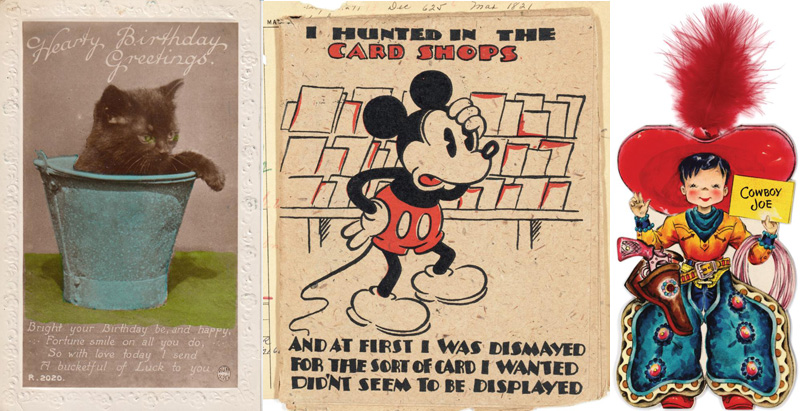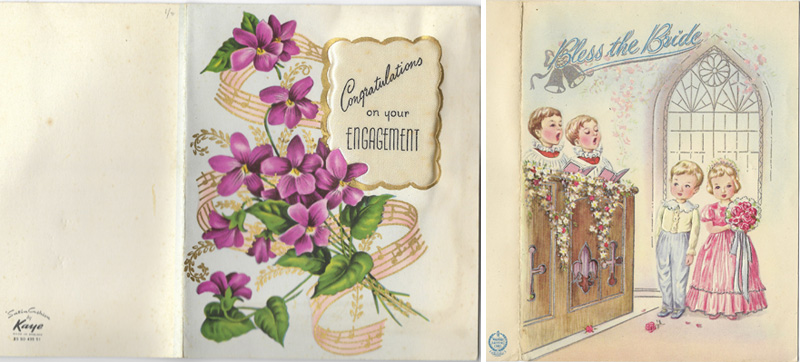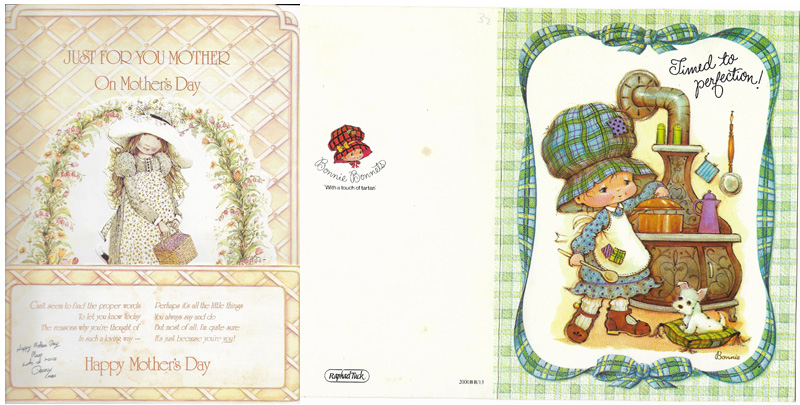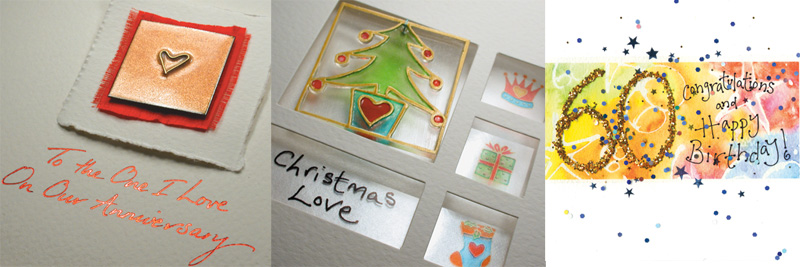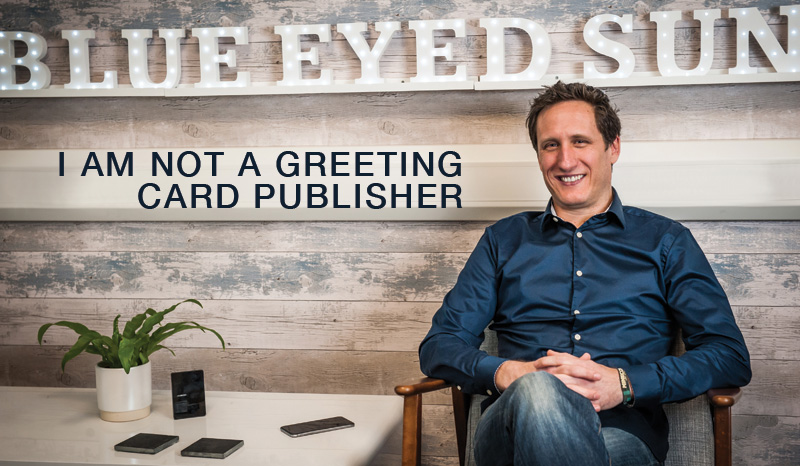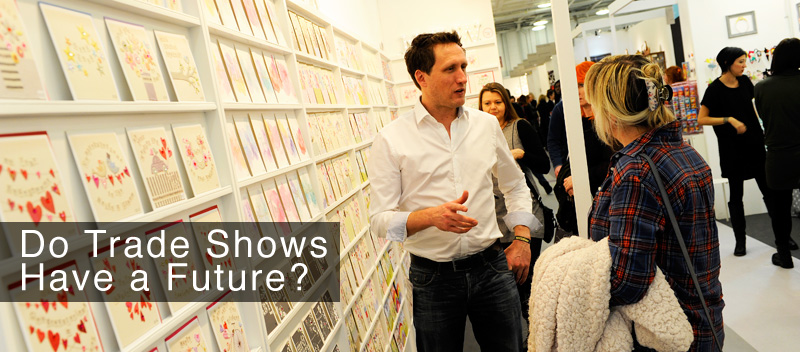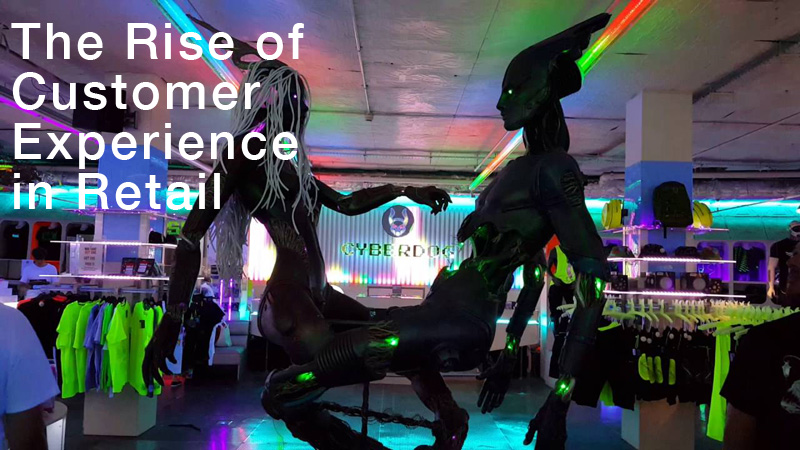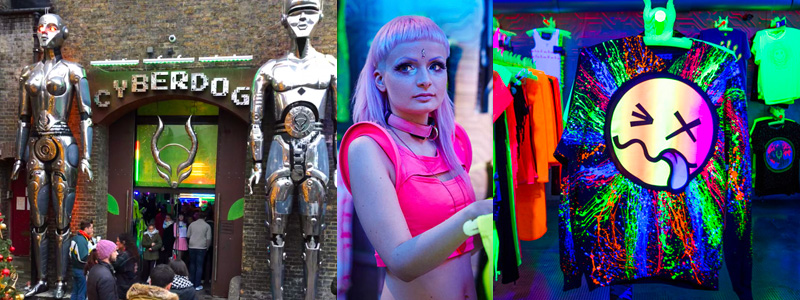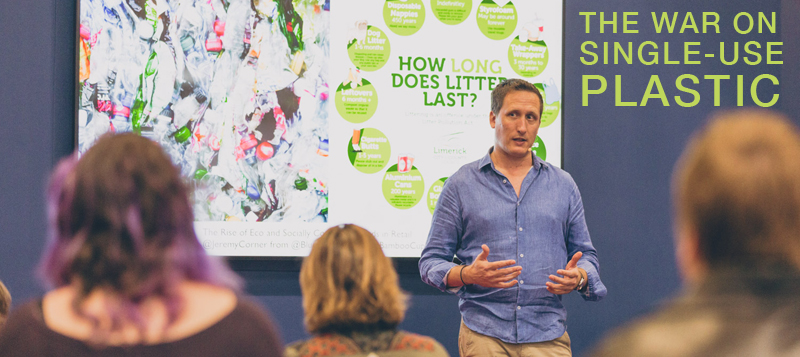With 2020 drawing to a close, many are glad to see the back of it. It's not the first time, we've been happy to move on from a particular year. Remember 2016, when we lost a host of talent from Bowie to Sinatra to Prince? The internet was filled with memes looking forward to telling 2016 to 'do one'. After a bad run of fortune for the Royal family in 1992, the Queen famously called it an ‘annus horribilis’ meaning ‘horrible year’.
More recently, retailers were glad to leave 2019. According to the British Retail Consortium, 2019 saw the worst retail sales in 25 years. Our industry had a certain sense of cautious optimism at the start of 2020. Twelve months later, we are at the end what can only be described as an annus horribilis for the global population. The coronavirus pandemic and the health and economic shockwaves that have followed have been devastating for many.
It’s been most tough for those who’ve lost loved ones to the coronavirus. The UK has suffered over 80,000 excess deaths with London being particularly badly hit. Those needing hospital treatments have seen increased delays. Mental health issues, particularly in children, have significantly worsened. Unemployment has increased substantially. Those in hospitality, retail & wholesale and manufacturing have been significantly hit.
Yet, despite the difficulties, it has been an incredibly special year. Many of us are closer to one another emotionally. We've spent more time on the phone, on zoom or by sending more cards. Some have found time to contribute to their communities or pursue new pastimes. We've come together on WhatsApp groups to co-ordinate support for those most vulnerable. Across the UK we applauded our NHS for all of their hard work. Scientists have worked hard to formulate vaccines to counter the virus.
There’s been an unprecedented amount of support for campaigns like #ShopLocal, #SupportLocal and #YourLocal. Many shoppers bought Christmas gifts early from independents in certain parts of the country. Whilst city centre stores have suffered from the loss of commuters who are now working from home, support has been there in other ways. Cards Galore, the GCA and many of us in the industry rallied together to campaign for government to value them as essential and keep them trading. This has been a clear signal to the politicians of the importance of card and gift shop retail to all of us.
The Job Retention Scheme and various financing options like Bounce Back Loans have been essential to the survival of many businesses in our sector, ourselves included. They were rolled out very quickly and effectively. Accountancy software companies like Sage altered their payroll solutions to make calculating and applying for the grants relatively painless.
Many of us adapted how we operate in order to cover those furloughed. A number of us worked long hours to keep things afloat. It’s inspiring to hear the stories of families coming together to help their businesses survive. A few of our retailers adapted to ‘click and collect’ and ‘local delivery’ business models via social media and kept some cash going through their tills during Lockdowns. We all discovered what is important in our lives (and businesses) and what isn’t .
Our greeting card community has always been amazing, but we really stepped it up this year. Videos like Send a Card, Deliver a Smile by Lanther Black and the more recent Christmas collaboration by Gale Astley kept us all closer together. Raj from Davora built a fantastic new community website for the GCA. The GCA National Council has grown from strength to strength with its support of our industry. The Festive Friday and Thinking of You Week campaigns we started several years ago have gone international with the American and Australian card associations coming on board. Our CEO, Amanda Fergusson, regularly shared the positive power of greeting cards in the news. Mark Callaby from Ohh Deer and others on the council showed us all ways to support more diversity within our industry.
It’s the way we come together and cope with the adversity that is the gift ‘bad years’ like this annus horribilis give us. No matter happens in 2021 and no matter how horrible any day, month or year is, if you look closely enough, you will find something amazing in it. And in our darkest hour, that little light can change everything.
Eight ways to deal with failure
How to cope when things go wrong
How to deal with shame in business













